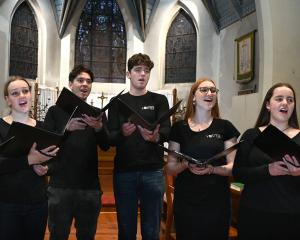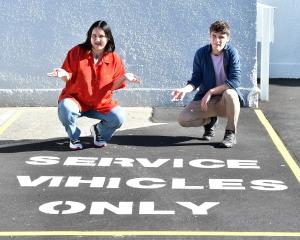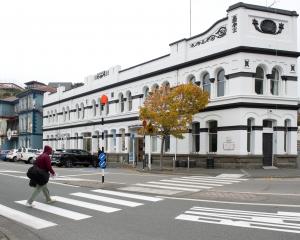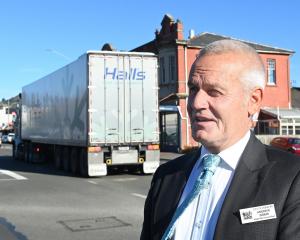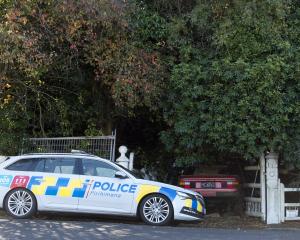Plans to start touring the Otago Museum's innovative "Survival Factor" science show have been thwarted by the February 22 earthquake in Christchurch.
Museum exhibitions, planning and development director Clare Wilson said the show was to have been hosted by the Science Alive science centre in central Christchurch, and later by the Nelson Provincial Museum.
The Science Alive Internet site states the science centre, in Moorhouse Ave, was damaged in the earthquake.
That damage had been assessed by engineers and repair work was under way but the centre's reopening date was unknown, Science Alive officials stated.
The Otago Museum spent about $190,000 developing the interactive science show in a joint initiative with the Otago Polytechnic.
It was displayed to delegates from the Asia Pacific Network of Science and Technology Centres (Aspac), when the museum hosted the organisation's annual conference in March last year.
This was first time the Aspac conference of Asia Pacific science centres had been held in New Zealand.
Ms Wilson said it was disappointing Science Alive would be unable to host the show, as planned, for three months from May.
"It's unfortunate, but it can't be helped," she said in an interview.
And because the Nelson institution would be unable to share the show's travel costs with Science Alive, it was no longer viable for Survival Factor to be displayed in Nelson.
The Otago Museum would have received about $40,000 from the two-venue tour, but museum organisers also appreciated the much larger disruption and costs which Christchurch organisations such as Science Alive, and Christchurch residents had faced as a result of the quake.
Realistically, it was now unlikely Survival Factor would tour within New Zealand and, although it had attracted some international interest, it was also unlikely the show would be sold abroad or tour overseas.
Nevertheless, it had provided a high quality display at the Otago Museum for the past 15 months.
If it was unable to be toured in the short term, the show's equipment would initially be retained, and parts of the displays would later be re-used in the Otago Museum science centre, providing further value for the museum.
The Otago Museum had significantly boosted its international reputation by hosting the Aspac conference, which attracted 116 delegates from 56 science centres and 19 countries, including China, Japan and Malaysia.
The Survival Factor show had also provided a big strategic benefit to the museum by showcasing its scientific and educational strengths, and making the international marketplace more aware of future interactive science displays produced by the museum, she said.






